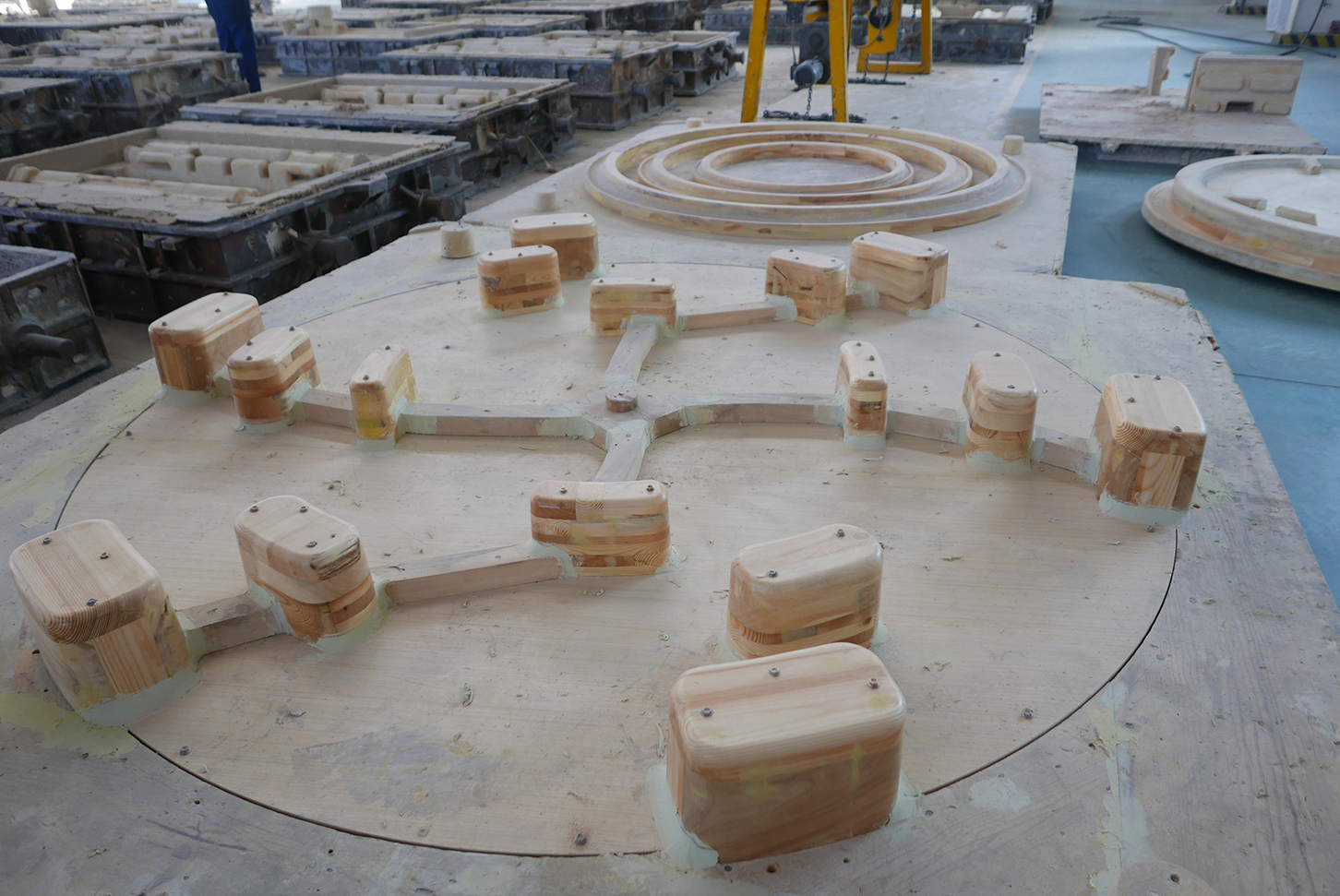Dec . 16, 2024 21:24 Back to list
grey cast iron casting
Exploring Grey Cast Iron Casting Properties, Applications, and Benefits
Grey cast iron, known for its excellent casting properties and versatility, is one of the most widely used engineering materials in various applications. With a distinctive grey color due to the presence of graphite flakes, this alloy not only facilitates casting processes but also exhibits exceptional mechanical properties that make it suitable for numerous industries. This article delves into the characteristics, production processes, applications, and advantages of grey cast iron casting.
Properties of Grey Cast Iron
One of the most significant features of grey cast iron is its high fluidity during the casting process. This property allows the molten metal to fill intricate molds effectively, resulting in high-precision components. The microstructure of grey cast iron consists of a matrix of ferrite or pearlite and graphite flakes, which provide distinct mechanical advantages. The graphite contributes to the material's excellent wear resistance and machinability, while the iron matrix imparts strength and durability.
Grey cast iron also exhibits good thermal conductivity and excellent damping capacity, making it an ideal choice for applications experiencing vibration. Its ability to withstand significant compression stress further enhances its appeal in heavy-duty applications. However, it has lower tensile strength compared to other cast iron types, which should be considered when designing components.
Production Process of Grey Cast Iron Casting
The production of grey cast iron involves several key steps. The first stage is the preparation of raw materials, which typically include pig iron, scrap iron, and alloying elements such as carbon and silicon. The materials are melted in a high-temperature furnace, commonly an induction furnace or a cupola furnace, where they reach temperatures of around 1400°C.
Once the molten iron is ready, it is poured into molds, which can be made of sand, metal, or ceramic materials. The choice of mold affects the surface finish and dimensional accuracy of the final product. After the molten iron solidifies and cools, the castings are removed from the molds, trimmed to remove any excess material, and subjected to heat treatment to enhance their mechanical properties further.
grey cast iron casting

Applications of Grey Cast Iron
The versatility of grey cast iron makes it suitable for a multitude of applications across different industries. It is widely used in the manufacturing of engine blocks, cylinder heads, and lathe beds in the automotive and machinery sectors due to its excellent strength-to-weight ratio. The construction industry also employs grey cast iron for sewer covers, manholes, and pipes, where durability and corrosion resistance are critical.
In addition, grey cast iron is a popular choice for producing cookware, such as skillets and Dutch ovens, thanks to its ability to retain and evenly distribute heat. Moreover, the material is also found in various household items, artistic sculptures, and garden equipment, illustrating its broad appeal.
Advantages of Grey Cast Iron Casting
The advantages of grey cast iron casting continue to drive its popularity in engineering applications. One of the primary benefits is its cost-effectiveness. The abundant availability of the raw materials and the relative simplicity of the casting process contribute to lower production costs than other materials. Moreover, grey cast iron's excellent machinability enables manufacturers to achieve close tolerances without extensive machining operations.
Additionally, grey cast iron has remarkable wear resistance, particularly in situations where sliding and abrasive contact occurs. This characteristic reduces maintenance costs and enhances the longevity of components made from grey cast iron. Furthermore, its inherent ability to dampen vibrations makes it an essential choice for manufacturing parts that must operate smoothly under varying conditions.
Conclusion
In summary, grey cast iron casting encompasses a range of properties and applications that position it as a crucial material in modern engineering and manufacturing. Its unique combination of fluidity, wear resistance, thermal conductivity, and cost-effectiveness makes it a favorable option for numerous industries, from automotive to construction and even cookware. As technology advances, the processes and techniques surrounding grey cast iron casting are expected to evolve, potentially enabling the creation of even more refined products that leverage the inherent benefits of this remarkable material.
-
Durable Centrifugally Cast Iron Water Main Pipe
NewsAug.11,2025
-
Centrifugally Cast Iron Water Main Pipes for Reliability
NewsAug.10,2025
-
High-Quality Centrifugally Cast Iron Water Main Pipes
NewsAug.09,2025
-
Durable Cast Iron Water Main Pipe & Drainage Solutions
NewsAug.08,2025
-
Buy Cast Iron Pipe: Premium Ductile Iron & Drain Solutions
NewsAug.07,2025
-
Durable Cast Iron Water Main Pipe | Buy Ductile Pipe
NewsAug.06,2025


